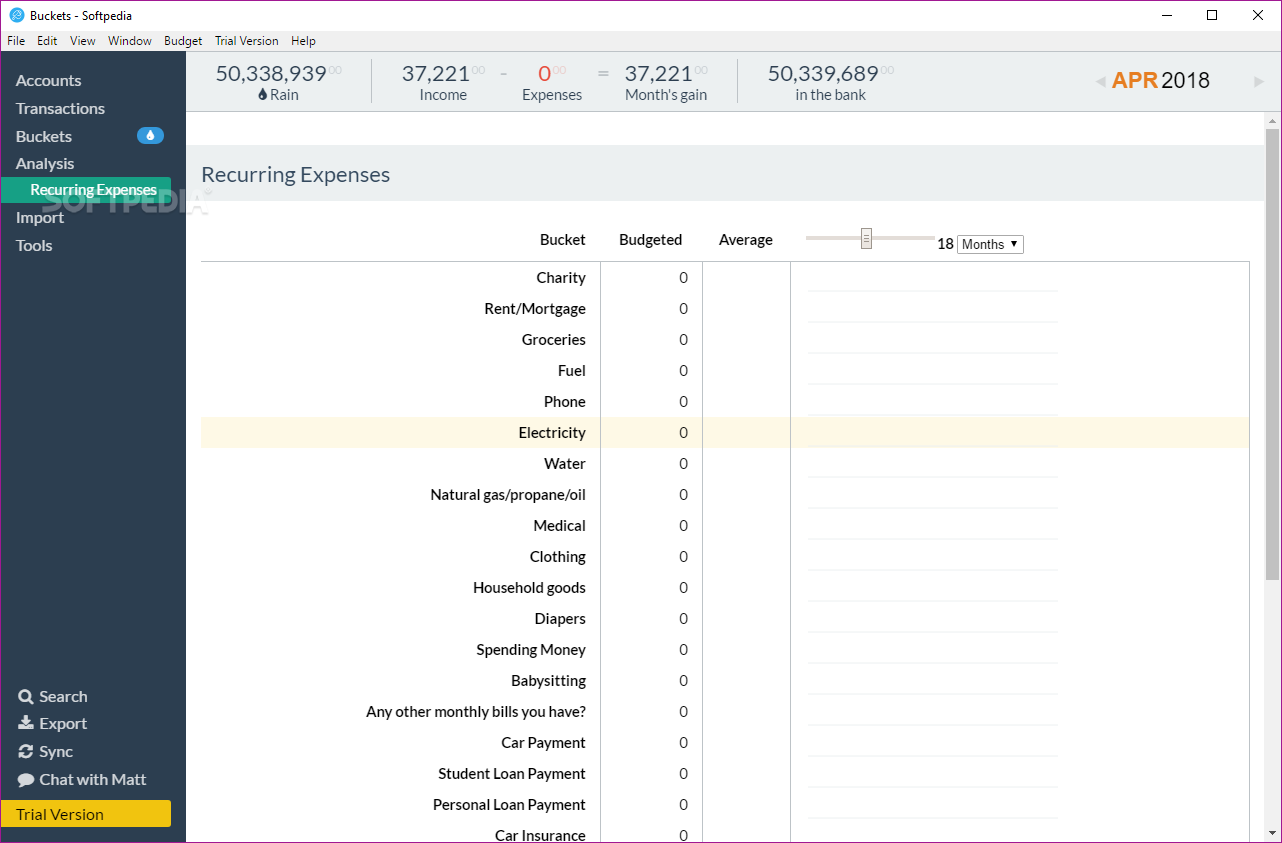
We need to call the upload photo from the UI. The distance is much shorter, and the app therefore appears. On a device with a high-density display (240 dpi), the user's finger must move 16 pixels / 240 dpi, which equals 1/15 of an inch (or 1.7 mm). String picturePath contains the path of selected Image On a baseline screen, a user's finger must move 16 pixels / 160 dpi, which equals 1/10 of an inch (or 2.5 mm), before the gesture is recognized. String picturePath = cursor.getString(columnIndex) Int columnIndex = cursor.getColumnIndex(filePathColumn) Private void addPetOffline(CreatePetInput input) Ĭursor cursor = getContentResolver().query(selectedImage, Open AddPetActivity.java, and add the offline support at the end of save(): The AWS AppSync SDK automatically reconnects and sends the mutation when the app goes online. This approach works well with the scenario where internet connectivity is cut off while you’re trying to modify data. Then when the server update returns, the SDK consolidates the data for you. In this section, we create the data that we expect to be returned in memory after the mutation, and write it to the persistent SQL store that the Android device manages. It’s being optimistic that the update is successful. You configure the UI so that it behaves as if the server will eventually return the data we expect. With the optimistic update functionality, you can provide a more responsive end user experience. After adding a new pet, the app looks like this:

Choose + Create Virtual Device, and then follow the instructions to complete setup.Īt the end of the last post, we had created an Android app that displays a list of pets, and lets you add new pets.

To do so, choose AVD Manager in Android Studio.

#Android image bucket install#
Download and install Android Studio, and then download the Android 6.0 SDK (API level 23 or higher) in the Android SDK Manager.Īlso download an emulator image. To create an Android project, you need to have the Java JDK installed on your work station. Enabling object storage through Amazon S3.Using subscriptions on data changes (mutations).Using optimistic updates: AWS AppSync API offline support.In this post, we continue from part 1 and add more advanced features to our Android app.
#Android image bucket how to#
This is part 2 of a two-part series of walkthroughs on how to build an AWS cloud-enabled Android mobile app with the AWS Amplify toolchain. Instead, please see the new Amplify Android Getting Started tutorial to learn how to build Android mobile applications using AWS Amplify.


 0 kommentar(er)
0 kommentar(er)
